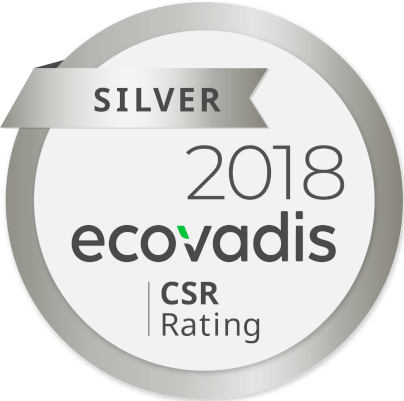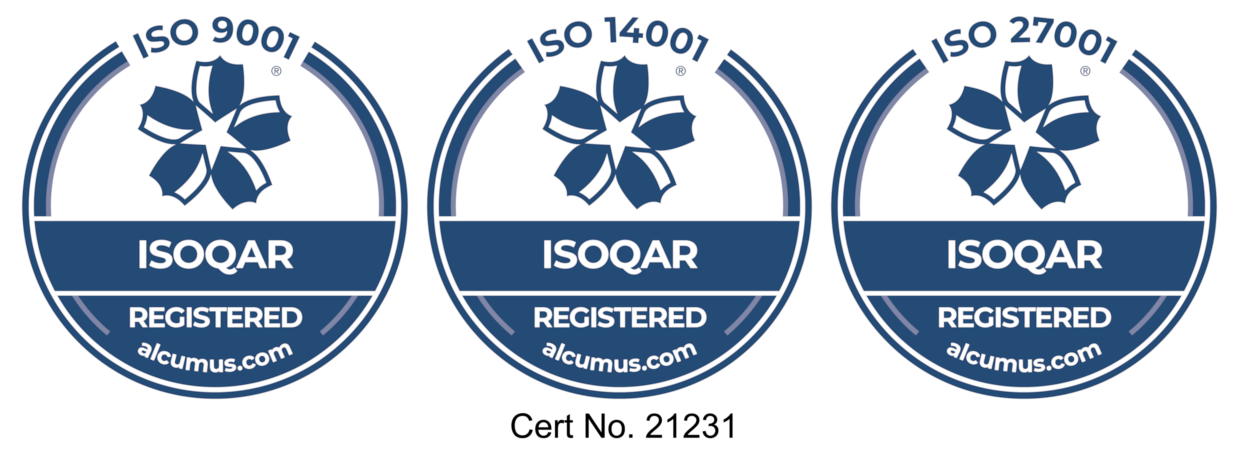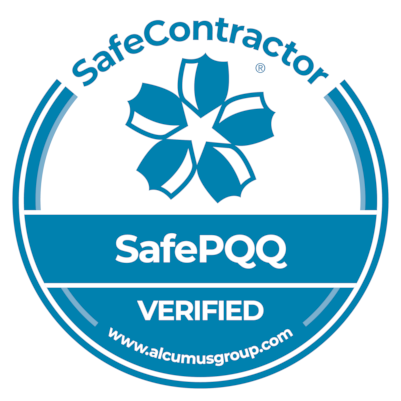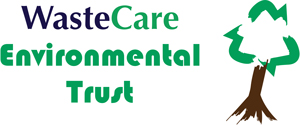Sector-led guidance is being prepared to assist waste management companies in handling lithium ion batteries to prevent fires at waste sites.
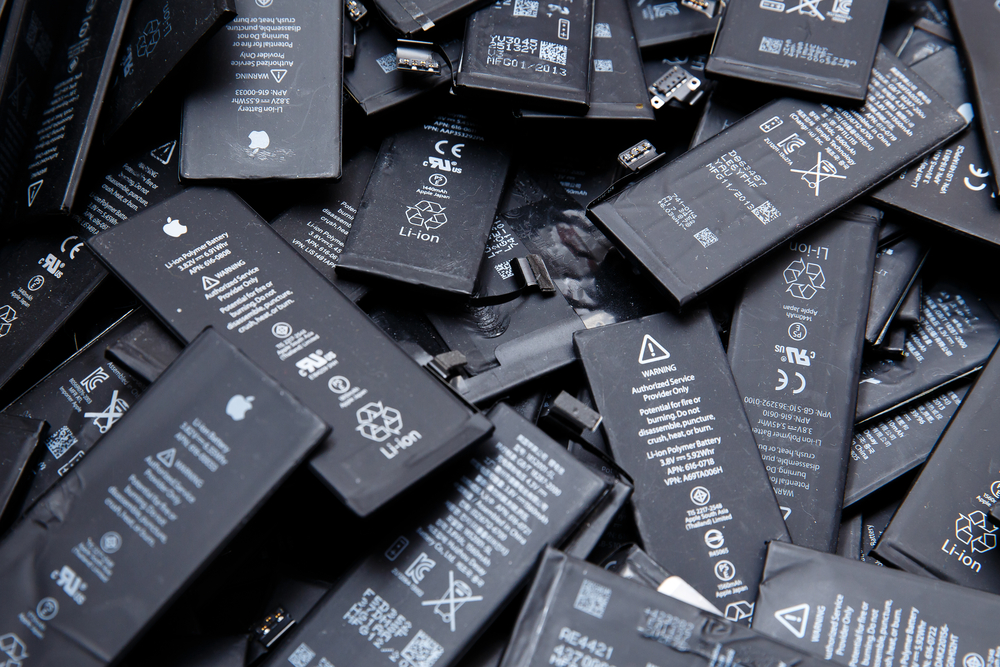
The AATF (Approved Authorised Treatment Facility) Forum – which represents treatment facility operators in the WEEE sector – and the waste sector body the ESA are working on projects to reduce the risk of fires linked to Li-Ion batteries at their members’ sites.
Lithium ion batteries are commonly found in consumer IT and electronics products. Handling at the end of product life, particularly if the battery gets punctured, can lead to fires by igniting other combustible waste. Commenting on the work, Phil Conran, chair of the AATF Forum, said: “We have agreed to set up a project group to look at how we can put proposals to the Environment Agency and look at possible measures to local authorities to prevent Li-On batteries getting into the waste stream in the first place.”
He added: “The question we will have to look at is how practical is it to look at measures to take Li-Ion batteries out. What measures could be put in to try and predict for the damage they can cause? “Along with all the other problems we have got at the moment we have increasing problems in how we manage the movement and treatment of WEEE.”
Stephen Freeland, policy advisor at ESA, said that waste companies are particularly exposed to risk when a battery is collected within dry mixed recycling (DMR) waste – and can be damaged in sorting machinery – or within residual waste.
He explained that the guidance will focus on areas including identifying batteries within mixed loads at the point of collection, effective segregation once batteries are found, recycling routes and proper disposal, as well as identifying areas in a facility where there is a particular risk of fire.


